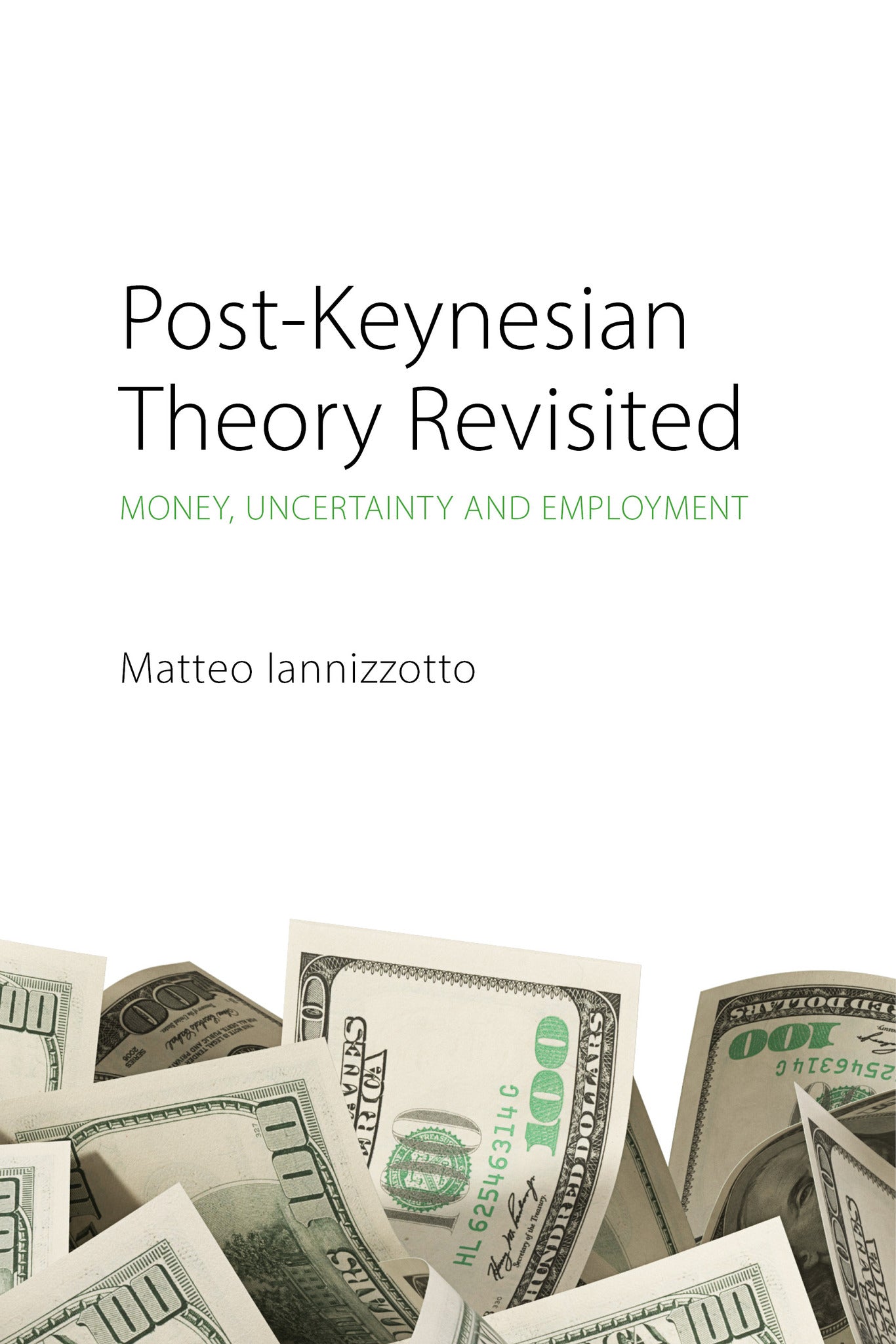We're sorry. An error has occurred
Please cancel or retry.
Post-Keynesian Theory Revisited

Some error occured while loading the Quick View. Please close the Quick View and try reloading the page.
Couldn't load pickup availability
- Format:
-
30 April 2020

With its emphasis on the centrality of fundamental uncertainty and the resulting desire for liquid assets, post-Keynesian economics offers important insights into understanding how modern economies work, placing money and banking at their heart, exactly as any realistic account would do.
In this advanced introduction, Matteo Iannizzotto revisits the contributions of post-Keynesian ideas to such central issues as the inescapable condition of uncertainty in economic decisions, the theory of liquidity preference, effective demand, endogenous money supply, and the financial instability hypothesis. In each case, the author traces the foundations in the work of Keynes and presents the strength of post-Keynesian ideas of later authors like Kaldor, Minsky and Weintraub in comparison with the corresponding models of mainstream economics and shows their greater explanatory power particularly in the light of the recent global financial crisis.

BUSINESS & ECONOMICS / Economics / Theory, Economic theory and philosophy

1. Introduction and history2. Flavours of uncertainty3. Conventions and the thirst for liquidity4. Effective employment5. Time and money6. Banks7. Destabilizing stability8. Where to now?



